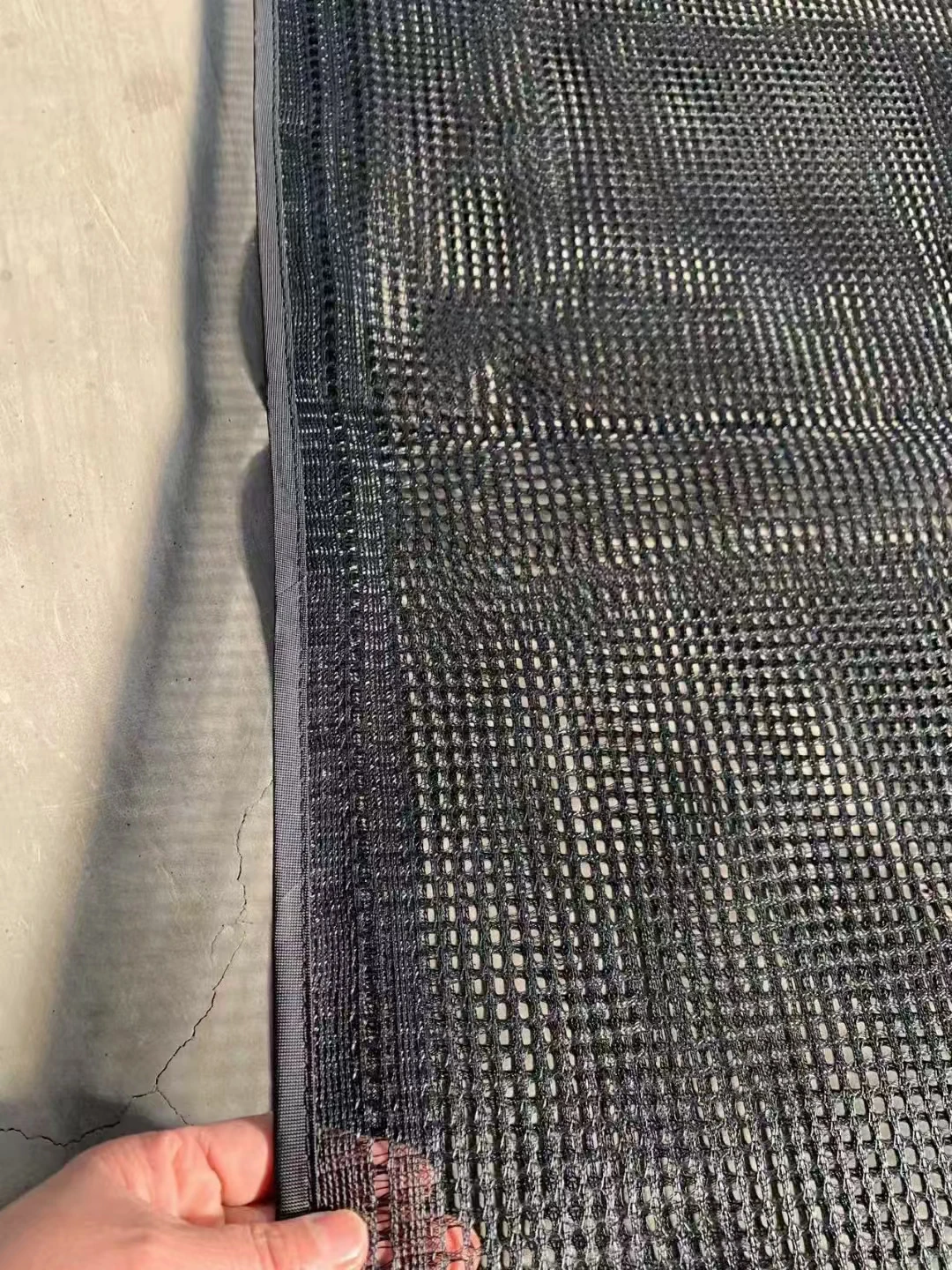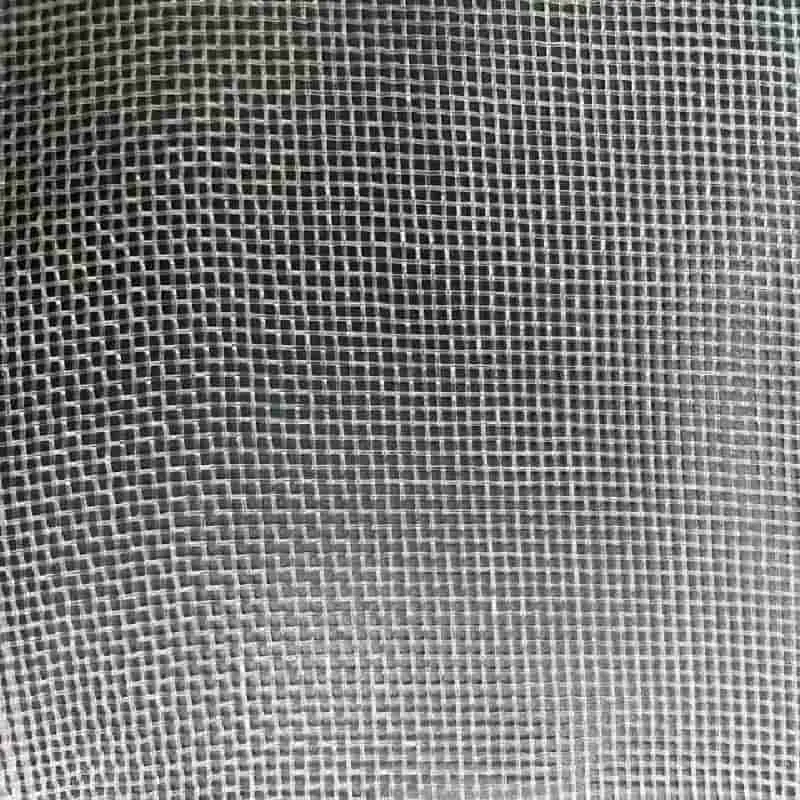-
 Afrikaans
Afrikaans -
 Albanian
Albanian -
 Amharic
Amharic -
 Arabic
Arabic -
 Armenian
Armenian -
 Azerbaijani
Azerbaijani -
 Basque
Basque -
 Belarusian
Belarusian -
 Bengali
Bengali -
 Bosnian
Bosnian -
 Bulgarian
Bulgarian -
 Catalan
Catalan -
 Cebuano
Cebuano -
 China
China -
 Corsican
Corsican -
 Croatian
Croatian -
 Czech
Czech -
 Danish
Danish -
 Dutch
Dutch -
 English
English -
 Esperanto
Esperanto -
 Estonian
Estonian -
 Finnish
Finnish -
 French
French -
 Frisian
Frisian -
 Galician
Galician -
 Georgian
Georgian -
 German
German -
 Greek
Greek -
 Gujarati
Gujarati -
 Haitian Creole
Haitian Creole -
 hausa
hausa -
 hawaiian
hawaiian -
 Hebrew
Hebrew -
 Hindi
Hindi -
 Miao
Miao -
 Hungarian
Hungarian -
 Icelandic
Icelandic -
 igbo
igbo -
 Indonesian
Indonesian -
 irish
irish -
 Italian
Italian -
 Japanese
Japanese -
 Javanese
Javanese -
 Kannada
Kannada -
 kazakh
kazakh -
 Khmer
Khmer -
 Rwandese
Rwandese -
 Korean
Korean -
 Kurdish
Kurdish -
 Kyrgyz
Kyrgyz -
 Lao
Lao -
 Latin
Latin -
 Latvian
Latvian -
 Lithuanian
Lithuanian -
 Luxembourgish
Luxembourgish -
 Macedonian
Macedonian -
 Malgashi
Malgashi -
 Malay
Malay -
 Malayalam
Malayalam -
 Maltese
Maltese -
 Maori
Maori -
 Marathi
Marathi -
 Mongolian
Mongolian -
 Myanmar
Myanmar -
 Nepali
Nepali -
 Norwegian
Norwegian -
 Norwegian
Norwegian -
 Occitan
Occitan -
 Pashto
Pashto -
 Persian
Persian -
 Polish
Polish -
 Portuguese
Portuguese -
 Punjabi
Punjabi -
 Romanian
Romanian -
 Russian
Russian -
 Samoan
Samoan -
 Scottish Gaelic
Scottish Gaelic -
 Serbian
Serbian -
 Sesotho
Sesotho -
 Shona
Shona -
 Sindhi
Sindhi -
 Sinhala
Sinhala -
 Slovak
Slovak -
 Slovenian
Slovenian -
 Somali
Somali -
 Spanish
Spanish -
 Sundanese
Sundanese -
 Swahili
Swahili -
 Swedish
Swedish -
 Tagalog
Tagalog -
 Tajik
Tajik -
 Tamil
Tamil -
 Tatar
Tatar -
 Telugu
Telugu -
 Thai
Thai -
 Turkish
Turkish -
 Turkmen
Turkmen -
 Ukrainian
Ukrainian -
 Urdu
Urdu -
 Uighur
Uighur -
 Uzbek
Uzbek -
 Vietnamese
Vietnamese -
 Welsh
Welsh -
 Bantu
Bantu -
 Yiddish
Yiddish -
 Yoruba
Yoruba -
 Zulu
Zulu
Feb . 15, 2025 15:59
Back to list
100% HDPE Agricultural Bird Proof Netting Knotted Heavy-Duty Bird Netting
Woven bird netting stands as a reliable barrier, striking a balance between functionality and environmental consideration. This type of netting offers an unparalleled solution for safeguarding crops, gardens, and architectural features from avian interference, while simultaneously fostering an environment of coexistence between humans and wildlife.
The experience of installation and maintenance of woven bird netting ranks high in ensuring long-term effectiveness. Experts often recommend regular inspections to detect any wear and tear, particularly after severe weather events. Such proactive measures guarantee that the netting remains intact and effective over time. Proper installation is vital; nets should be secured firmly and taut to provide the best level of protection while also preventing any potential entrapment of birds. In terms of market expertise, understanding the specific requirements of different applications of woven bird netting enables users to select the most suitable type for their needs. This involves considering factors such as mesh size, which should correspond to the size of birds typical to the area, ensuring they cannot penetrate through the holes. The material's durability is another key aspect, as stronger nets promise longevity and reduce the need for frequent replacements, contributing to cost-effectiveness. The authority of woven bird netting as a protective tool is solidified by its sustainability aspect. As a humane alternative, it aligns with global trends toward sustainable and ethical pest management solutions. Because it does not rely on harmful chemicals or invasive methods, woven bird netting is a favoured choice for environmentally-conscious consumers. Consumer trust is further bolstered through transparent business practices of netting manufacturers and suppliers. Providing clear usage instructions, offering robust customer support, and sharing product life-cycle assessments help consumers make informed decisions. This transparency also fortifies the relationship between the supplier and the consumer, instilling confidence in the product's reliability and the company's integrity. In conclusion, woven bird netting represents a confluence of expertise, experience, authority, and trustworthiness within its domain. Its application is not only a testament to human ingenuity in solving cohabitation challenges between wildlife and human operations but also a commitment to sustainable practices. This underscores its indispensable role in agriculture and construction, where protecting assets harmoniously coexists with environmental stewardship.


The experience of installation and maintenance of woven bird netting ranks high in ensuring long-term effectiveness. Experts often recommend regular inspections to detect any wear and tear, particularly after severe weather events. Such proactive measures guarantee that the netting remains intact and effective over time. Proper installation is vital; nets should be secured firmly and taut to provide the best level of protection while also preventing any potential entrapment of birds. In terms of market expertise, understanding the specific requirements of different applications of woven bird netting enables users to select the most suitable type for their needs. This involves considering factors such as mesh size, which should correspond to the size of birds typical to the area, ensuring they cannot penetrate through the holes. The material's durability is another key aspect, as stronger nets promise longevity and reduce the need for frequent replacements, contributing to cost-effectiveness. The authority of woven bird netting as a protective tool is solidified by its sustainability aspect. As a humane alternative, it aligns with global trends toward sustainable and ethical pest management solutions. Because it does not rely on harmful chemicals or invasive methods, woven bird netting is a favoured choice for environmentally-conscious consumers. Consumer trust is further bolstered through transparent business practices of netting manufacturers and suppliers. Providing clear usage instructions, offering robust customer support, and sharing product life-cycle assessments help consumers make informed decisions. This transparency also fortifies the relationship between the supplier and the consumer, instilling confidence in the product's reliability and the company's integrity. In conclusion, woven bird netting represents a confluence of expertise, experience, authority, and trustworthiness within its domain. Its application is not only a testament to human ingenuity in solving cohabitation challenges between wildlife and human operations but also a commitment to sustainable practices. This underscores its indispensable role in agriculture and construction, where protecting assets harmoniously coexists with environmental stewardship.
Latest news
-
Shipping Plastic Bags for Every NeedNewsJul.24,2025
-
Safety Netting: Your Shield in ConstructionNewsJul.24,2025
-
Plastic Mesh Netting for Everyday UseNewsJul.24,2025
-
Nylon Netting for Every UseNewsJul.24,2025
-
Mesh Breeder Box for Fish TanksNewsJul.24,2025
-
Expanded Steel Mesh Offers Durable VersatilityNewsJul.24,2025











